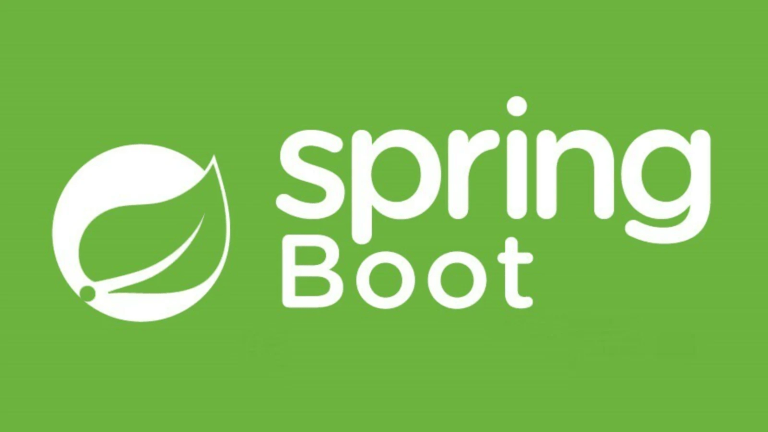Spring Boot gRPC vs REST: Top 15 Interview Questions with Answers
For developers working with modern microservices and distributed systems, gRPC and REST are pivotal technologies that often spark intense debate. Whether you’re preparing for an interview or simply expanding your technical arsenal, understanding the nuances between gRPC and REST is essential. This post aims to deliver clear and concise answers to the most commonly asked questions surrounding Spring Boot’s integration with these two communication protocols.
Table of Contents
- What is gRPC, and how is it different from REST?
- Explain the role of .proto in gRPC
- How does gRPC compare to REST in terms of performance?
- How do you secure gRPC in Spring Boot?
- Can gRPC support asynchronous communication?
- What are gRPC streaming modes?
- How do you generate Java code from a .proto file?
- What is the difference between unary and streaming calls in gRPC?
- Can gRPC replace REST in all applications?
- How does gRPC integrate with Spring Boot?
- Is gRPC suitable for external/public APIs?
- What are the limitations of gRPC?
- How do you test gRPC APIs?
- What is gRPC-Web, and when should you use it?
- gRPC vs. GraphQL—When should you choose which?
1. What is gRPC, and how is it different from REST?
gRPC (gRPC Remote Procedure Call) is an open-source RPC framework developed by Google. It enables communication between services through HTTP/2 and optimizes data exchange with Protocol Buffers (Protobuf).
Key Differences Between gRPC and REST:
| Aspect | REST | gRPC |
|---|---|---|
| Transport Layer | HTTP/1.1 | HTTP/2 |
| Data Format | JSON/XML (text-based) | Protobuf (binary, compact) |
| Performance | Moderate (parses text) | High (parses binary) |
| Streaming Support | Limited (polling required) | Full support (bidirectional) |
For detailed insights, visit gRPC’s official documentation.
2. Explain the role of .proto in gRPC
A .proto file is the blueprint of a gRPC service. It defines the structure of messages and the interfaces (methods) that a service will provide.
Example of a .proto file:
syntax = "proto3";
service Greeter {
rpc SayHello (HelloRequest) returns (HelloReply);
}
message HelloRequest {
string name = 1;
}
message HelloReply {
string message = 1;
}The .proto file is used to generate server and client stubs automatically, reducing manual coding and enabling consistent communication across different languages.
3. How does gRPC compare to REST in terms of performance?
gRPC is significantly faster than REST due to:
- Binary Serialization: Protobuf messages are smaller and quicker to parse compared to JSON in REST.
- HTTP/2 Support: Features like multiplexing and header compression further reduce latency.
Benchmark Example:
- REST API: ~15ms latency
- gRPC API: ~5ms latency
(These results vary based on payload size and network configurations.)
4. How do you secure gRPC in Spring Boot?
Security in gRPC is primarily handled through TLS and optional mTLS (Mutual TLS) for client and server authentication.
Key Steps for TLS in Spring Boot:
- Generate SSL certificates.
- Configure these certificates in
application.yml:
grpc:
server:
security:
certificate-chain-file: "cert.pem"
private-key-file: "key.pem"For detailed guidance, refer to Spring Boot’s gRPC TLS Docs.
5. Can gRPC support asynchronous communication?
Yes, gRPC supports asynchronous communication for non-blocking operations. Spring Boot provides methods to handle both synchronous and asynchronous stubs:
- BlockingStub (synchronous)
- FutureStub or AsyncStub (asynchronous)
6. What are gRPC streaming modes?
gRPC supports the following streaming modes:
- Server-Streaming: Server streams multiple responses for a single client request.
- Client-Streaming: Client streams multiple requests to the server.
- Bidirectional-Streaming: Both client and server simultaneously send data streams.
7. How do you generate Java code from a .proto file?
Java code can be generated from .proto files using the Protobuf Compiler.
Maven Configuration:
<plugin>
<groupId>com.google.protobuf</groupId>
<artifactId>protobuf-maven-plugin</artifactId>
<version>0.6.1</version>
</plugin>Command:
mvn clean compile
8. What is the difference between unary and streaming calls in gRPC?
- Unary Calls: Standard RPC calls where one request gets one response.
- Streaming Calls: Enable continuous data flow between the server and client.
9. Can gRPC replace REST in all applications?
No. While gRPC is ideal for internal microservices and real-time systems, REST is still the preferred protocol for:
- Public-facing APIs.
- Browser-based interactions.
10. How does gRPC integrate with Spring Boot?
Spring Boot integrates with gRPC through libraries like grpc-spring-boot-starter, offering seamless construction of services and clients.
11. Is gRPC suitable for external/public APIs?
gRPC’s incompatibility with most browsers makes it unsuitable for public APIs unless paired with grpc-web.
12. What are the limitations of gRPC?
- Not directly browser-compatible (requires grpc-web).
- Steeper learning curve compared to REST.
- Debugging binary Protobuf can be challenging without tools.
13. How do you test gRPC APIs?
Tools like grpcurl or Postman (Beta for gRPC) are ideal for testing gRPC endpoints.
14. What is gRPC-Web, and when should you use it?
gRPC-Web enables client-side JavaScript applications to consume gRPC services by translating HTTP/2 calls to HTTP/1.1.
Use grpc-web:
- When building browser-based UIs that interact with gRPC backends.
15. gRPC vs. GraphQL—When should you choose which?
Choose gRPC:
- For internal microservices requiring fast and efficient communication.
Choose GraphQL:
- For applications with complex querying needs or multiple front-end clients.
Summary
gRPC and REST serve different purposes in microservices architecture. By understanding their strengths and limitations, you can determine the right tool for your use case. For more examples and references, you can explore gRPC’s Official Documentation.
FAQs
Which is faster, gRPC or REST?
gRPC is faster due to its compact Protobuf format and HTTP/2 transport.
Can gRPC replace REST completely?
Not entirely, as REST is better suited for public APIs and browser compatibility.
Is gRPC more challenging to implement?
It has a learning curve, but tools like Protobuf stubs simplify much of the implementation.
Armed with these insights, you’re well-prepared for technical interviews on gRPC and REST topics in Spring Boot!




